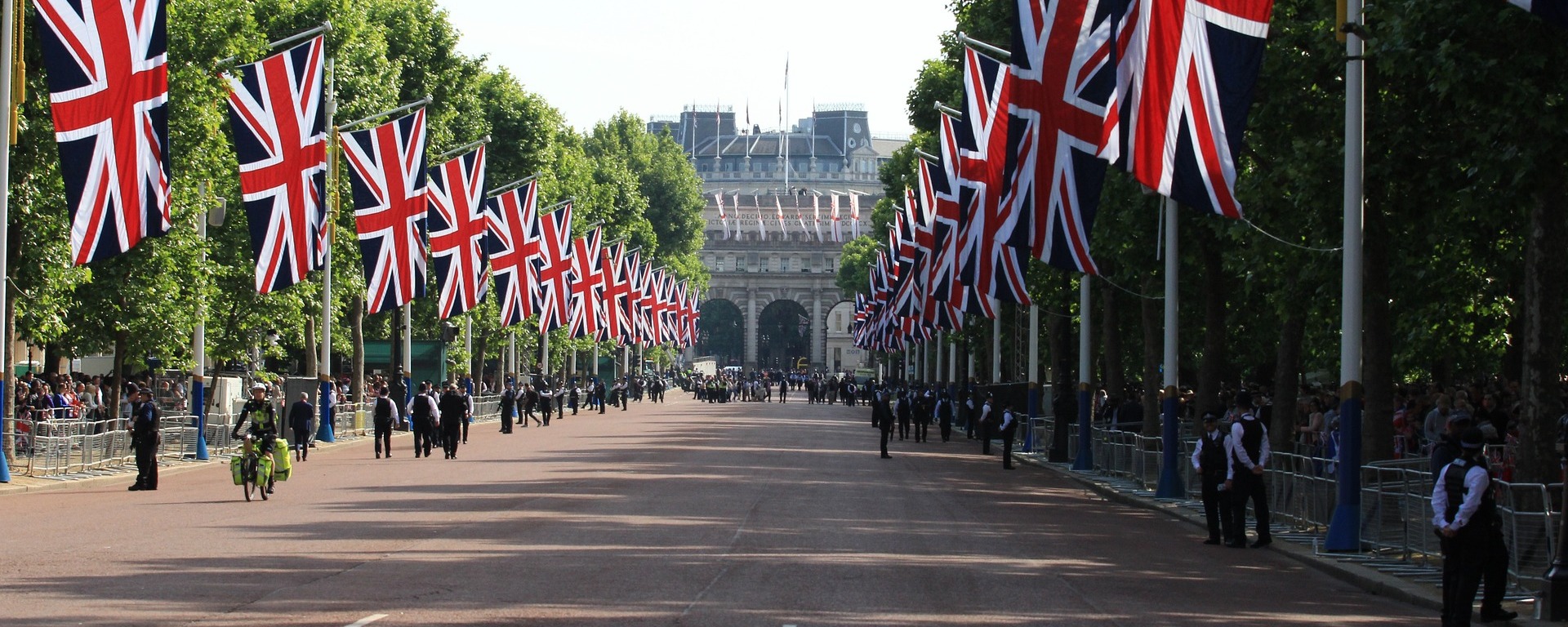The King's Coronation - Facts and Figures
Posted on 6th May 2023
On this Coronation Weekend, we thought we'd share several articles with you, fun facts to keep you entertained.
Pledge of Allegiance?
As part of the coronation, the general public have been invited to swear allegiance out loud to the King, in a collective Homage of the People. Viewers can choose to say the following phrase, “I swear that I will pay true allegiance to Your Majesty, and to your heirs and successors according to law - so help me God.”. In response to the backlash, with many branding the idea ‘tone deaf’, the Archbishop of Canterbury has clarified that it is an invitation rather than an expectation.
The Homage of the People replaces the Homage of Peers, in which a long line of hereditary aristocrats knelt and made a pledge to the monarch in person. It is unclear how many people will actually participate in the cry, but it doesn’t seem to be too popular. The idea, as clarified by a spokesperson for Lambeth Palace, is that it is “something that we can share in because of technological advances, so not just the people in the abbey, but people who are online, on television, who are listening, and who are gathered in parks, at big screens, and churches…Our hope is that at that point, when the Archbishop invites people to join in, that people wherever they are, if they’re watching at home on their own, watching the telly, will say it out loud - this sense of a great cry around the nation and around the world of support for the King.”.
This follows a YouGov poll in which over 3000 people were asked their opinion on the coronation. 29% of people said they didn’t care about it at all, 35% replied they didn’t care very much, 24% said they cared a fair amount, and only 9% of people said that they cared a great deal. Making up the remainder, 3% of people asked said they don’t know.
The Coronation Chair and The Stone of Destiny
English coronations were traditionally held at Westminster Abbey, with the monarch seated on the Coronation Chair. The chair was commissioned in 1296 by King Edward I to contain the coronation stone of Scotland, known as the Stone of Destiny. The stone was seized by King Edward I from Scone Abbey in Perthshire, where the stone had been used by Scottish kings for centuries to sit upon when they were crowned. In 1996, the stone was returned to Scotland, where it is kept at Edinburgh Castle, under the understanding that it be returned to England for use at coronations.
The chair wasn’t originally intended for use in coronations, but became associated in the 14th century, and was first used as such in the coronation of Henry IV in 1399. Monarchs used to sit on the Stone of Destiny itself, until a platform was added in the 17th century to protect it.
In the 18th century, it was possible for tourists to sit on the chair, in exchange for a small fee, and this resulted in many carving their initials and other graffiti into it. The corner posts have also been heavily damaged by people breaking pieces off for souvenirs. In preparation for Queen Victoria’s Golden Jubilee, the chair was painted brown to hide the damage.
On 11th June 1914, the chair was the object of a bomb attack organised by the Suffragettes. A corner of the chair was lost in the explosion. The attack was loud enough to be heard from the Houses of Parliament, however nobody was injured and the chair was restored.
On Christmas Day 1950, Scottish nationalists broke into Westminster Abbey and stole the Stone of Destiny, damaging both the chair and the stone. It was recovered in time for Queen Elizabeth II’s coronation in 1953. Earlier this year, a programme of restoration and conservation was undertaken in preparation for the coronation of Charles III.
Feeling Hungry?
Coronation chicken was created for the coronation of Elizabeth II in 1953. The dish has evolved slightly since then, with the original, which was developed at the Cordon Bleu culinary school in London, being called “poulet Reine Elizabeth”. The dish included cold poached chicken in a sauce of red wine, mayonnaise, cream, apricot puree, and curry powder, and was served alongside a pea and rice salad at the coronation banquet.
For the upcoming coronation, a special quiche has been developed, including spinach, broad beans, and tarragon, as a nod to the King’s commitments to sustainable agriculture. Apparently, King Charles has an ‘affinity for eggs and cheese’, which is why the quiche was chosen. The Royal Family often commissions recipes for special occasions, with the platinum jubilee last year being marked with the ‘platinum pudding’, a lemon swiss roll and amaretti trifle.
This coronation is reported to be scaled back significantly, especially when you compare it to coronations of the past. For example, George IV was known for his penchant for rich French food, and so held a coronation banquet with more than 1500 guests around 50 tables, a multi-million pound occasion in today’s money. 20 dishes were served for the first course, followed by 22 and then 31 dishes, including sole cooked in champagne, turtle soup, and a spun sugar vase filled with meringue. Nine years later, George’s successor, William IV decided against such extravagance, as it was during a time of economic strife. Perhaps we are witnessing history repeating itself.
Tagged as: Just For Fun
Share this post:



